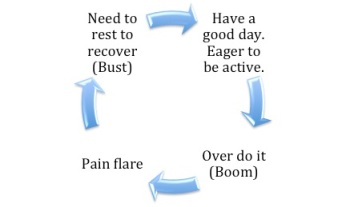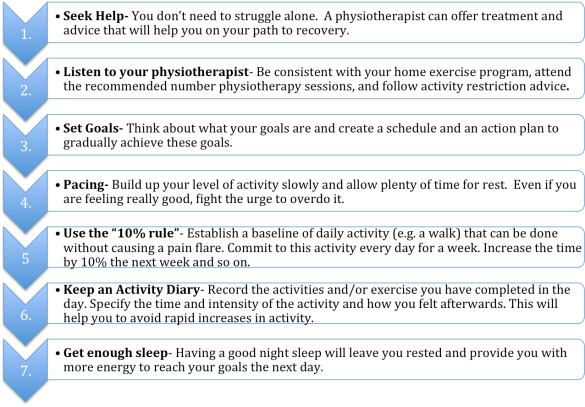The neck and shoulders are often the victims of stress and pain. Although there are multiple potential causes of neck and shoulder pain, symptoms are frequently the result of structural stress caused by our day-to-day activities. For instance, activities such as holding a phone between your shoulder and ear, doing repetitive overhead work (e.g. painting or lifting boxes), and typing at a keyboard that is too high can all cause muscle tension in the neck and shoulders. Additionally, sitting and standing in a poor posture with the head and shoulders forward and upper back slouched causes strain and tension in the muscles. Anxiety and chronic stress can also contribute to this problem as it can cause the body to adopt a self-protection posture with the shoulders raised, jaw clenched and neck jutting forward.
There are things you can do to decrease tension in your neck and shoulders:
1) Maintain good posture throughout the day. You can check out our previous post here for more information.
2) Drink plenty of water. Water is necessary for proper muscle and joint function. Try to drink at least 8, 8oz glasses of water a day.
3) See a physiotherapist. A physiotherapist can assess your neck and shoulders to determine the cause of your pain and develop a treatment plan to address any issues.
4) Stretch. Check out our newest video for an easy shoulder and neck yoga sequence that will help to decrease tension and stress.


